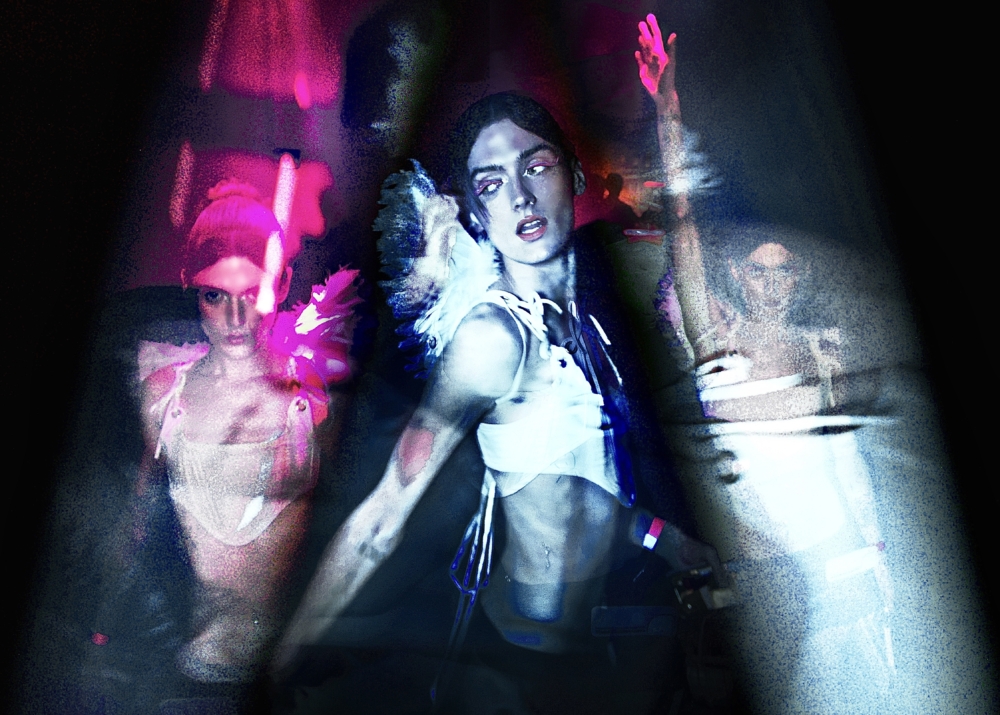Amid the crowd, amongst the sweat, glitter and haze of Toronto’s underground rave scene, you’ll find Jet. Nikon D7500 in hand, the zeitgeist archivist begins to capture moments of queer rave history, emulating nostalgia and making the viewer wish they had lived through it. “This stuff only happens once,” he says. “It’s especially important that it’s going down during pandemic time where you think everyone would be scared and locked up.”
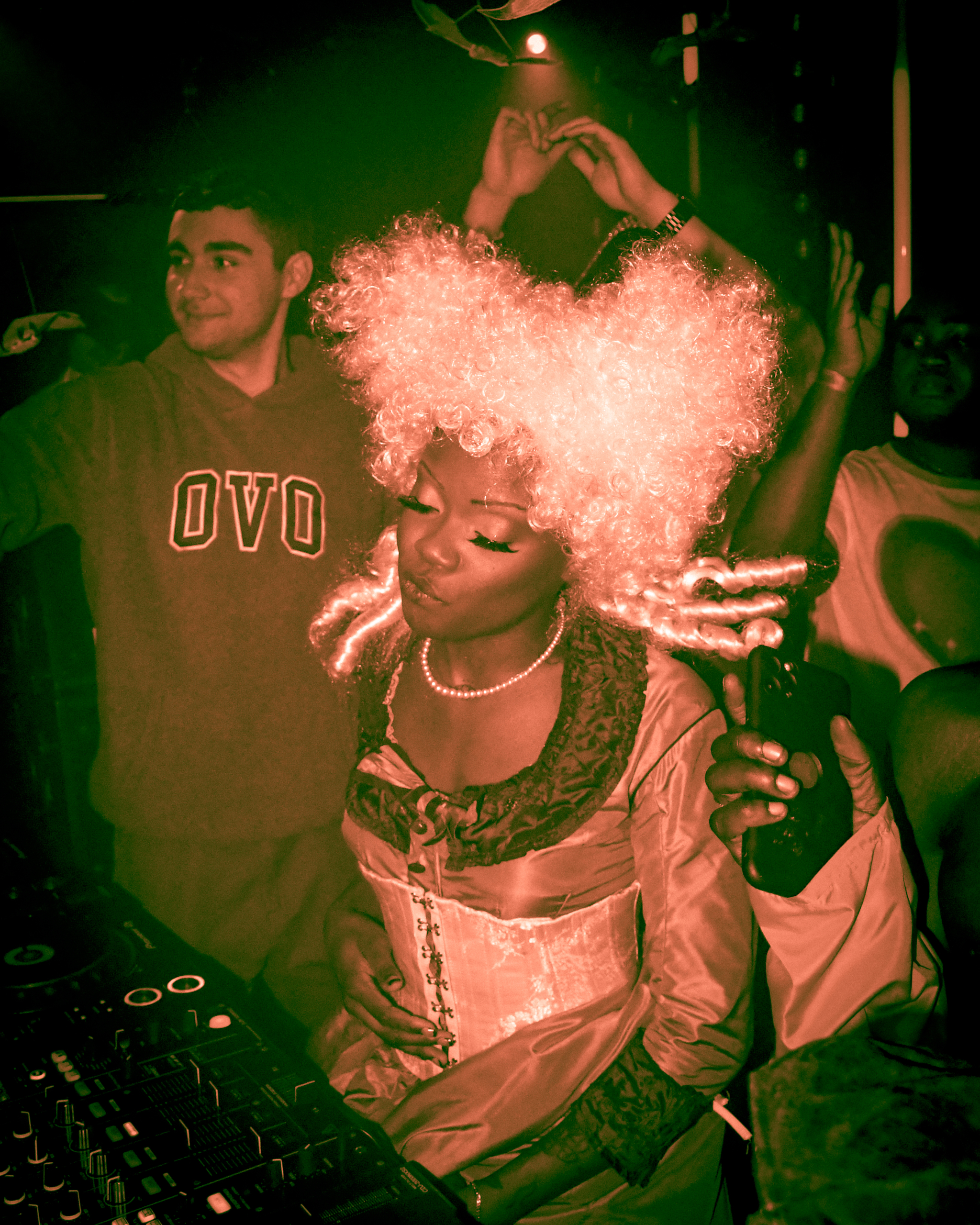
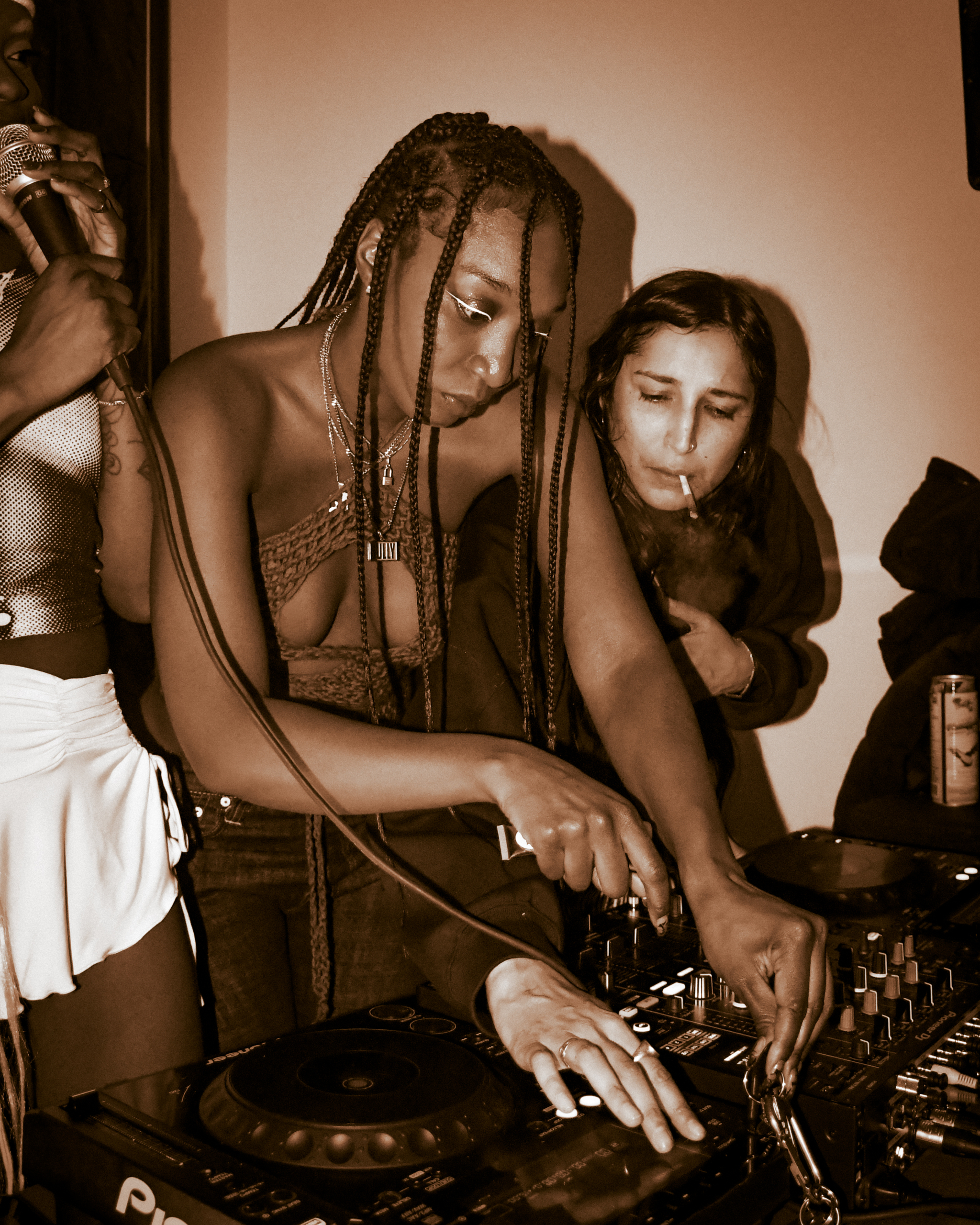
Jet, a Toronto-based photographer, never envisioned himself as an archivist, let alone a photographer. In 2019, he experienced his first introduction to shooting nightlife. “I started shooting at a friends event, I wasn’t too confident with my skills so I said maybe I’ll leave the camera at home, but he said regardless of what the photos look like there’s no real loss to it.”
Ever since, Jet commutes from his hometown Pickering to Toronto for events such as Pep Rally and Electric Island. His staple brutalist sepia-toned images first began as black and white, and as Jet developed his skills, he began to explore more coloured tones. Most recently, their work was featured in Main Street Arts Club in Toronto, which included their iconic buzzcut smiley face image.
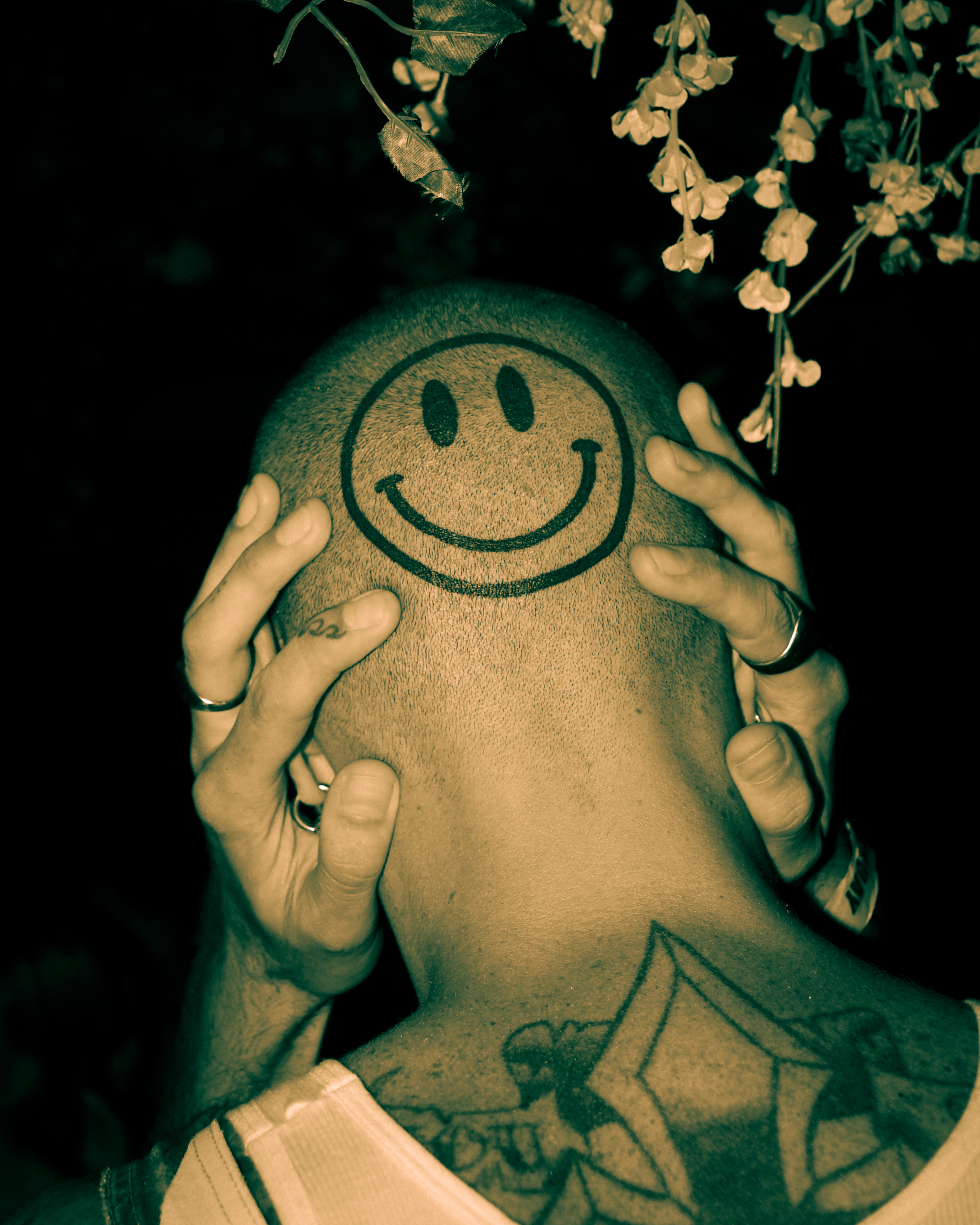

“Cataloging is important, I don’t delete anything really…it is an archive at the end of the day, I don’t use Instagram for clout, I just do it to keep the documentation going,” he says.
The documentation of queer nightlife, whether it be in Toronto, Montreal or New York City, has been ever-present during the pandemic. Alongside Jet, photographers Dax and Boris Halas have been part of the cataloging of nightlife history too.
Dax, an NYC-based creative entrepreneur is what you’d call a multi-threat. From modelling to creative direction, Dax holds a plethora of talent. One is their unique way of capturing NYC’s nightlife. Growing up in New Jersey, Dax always had a passion for photography, but they never thought they would produce anything from this path.
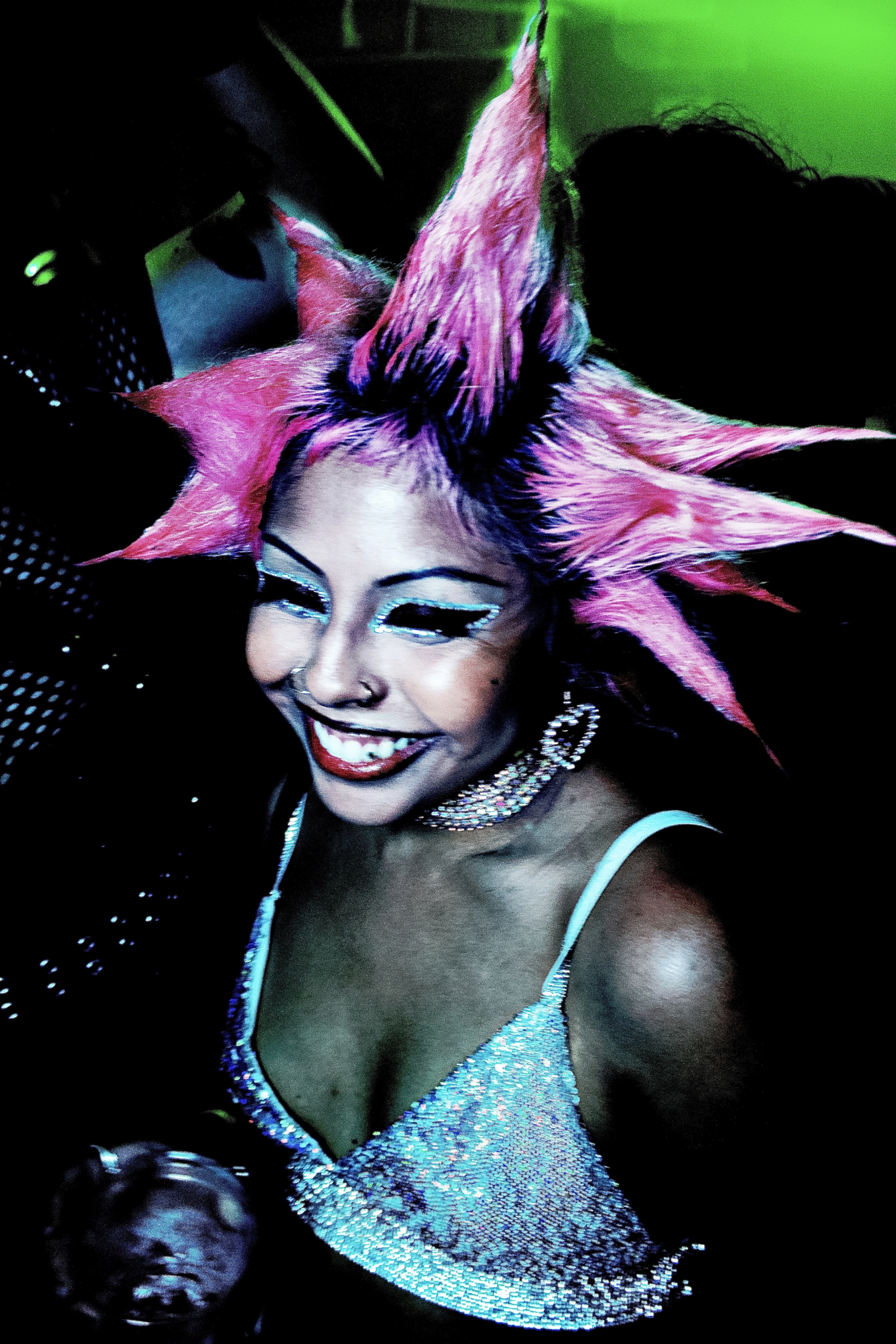
That changed when they moved to NYC. “I would throw a camera in my bag…and I was taking photos all the time of my friends and just anyone there,” they say. Dax has always appreciated encapsulating the digital realm in their work, straying away from film and shifting their focus to using a DSLR.
“I like mixing rough around the edges intimacy that’s candidly captured,” they say. “Specifically with queer youth and the next generation.”
“It’s the way the atmosphere of the parties, events and raves and it’s a psychedelic feeling, it’s definitely digitally-enhanced [from] the lights, the music and the surge of creativity that’s fresh and new,” they say. “I wanted to achieve a feeling of film photography from a digital lens.”
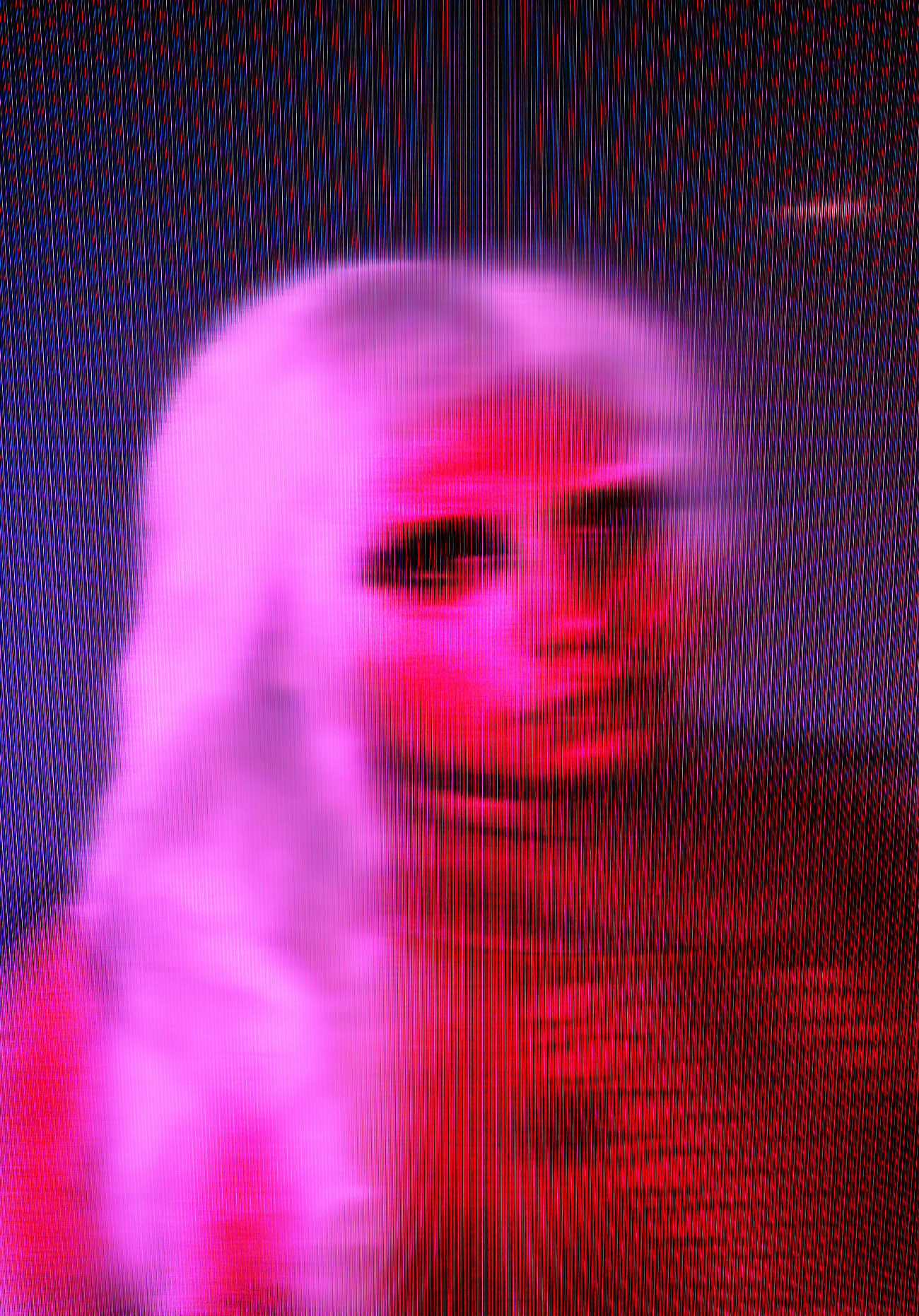
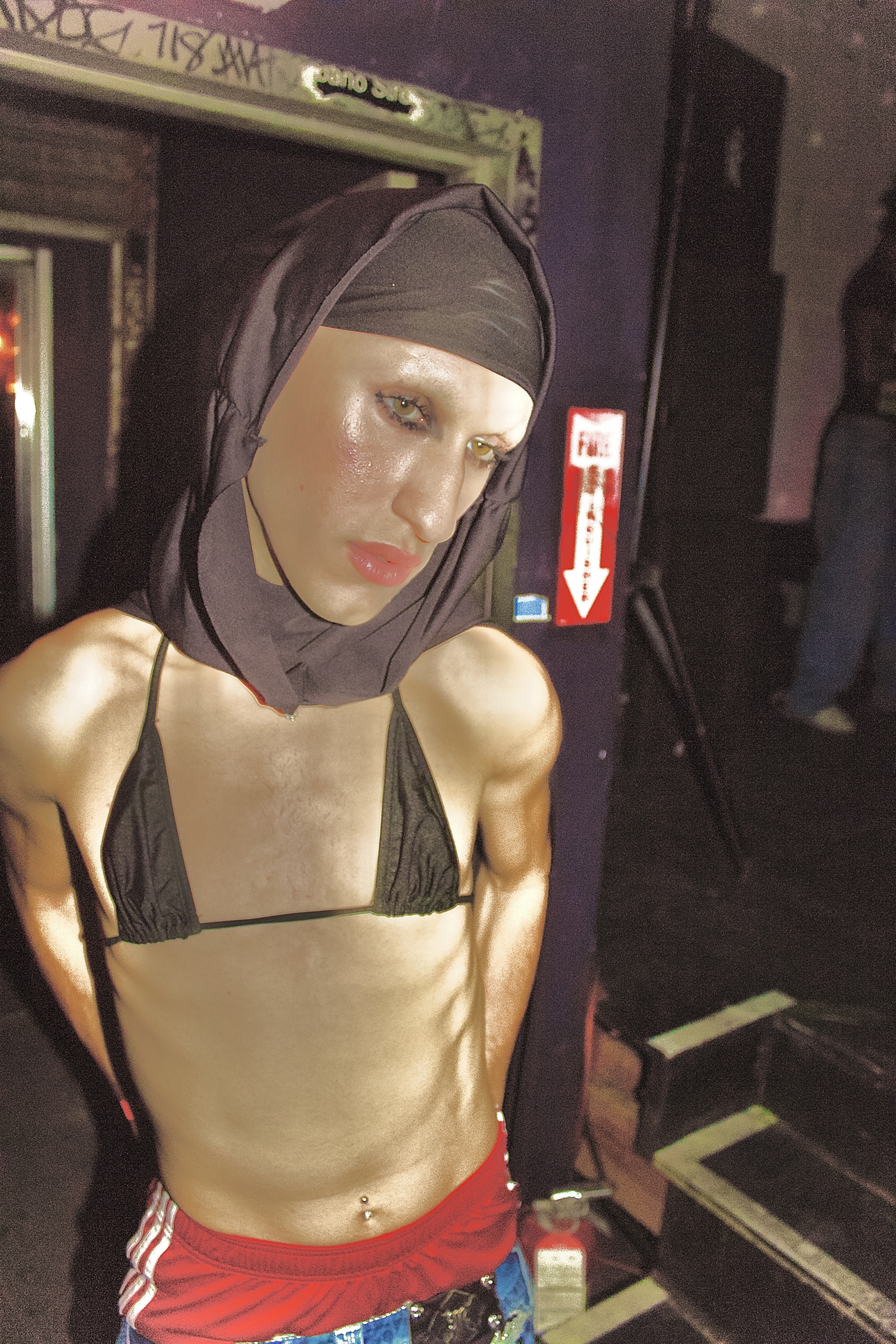
Dax found a deeper connection in nightlife photography when they met the co-founder of NYC DJ collective Club Carry, Ava Antpuke, including the trans community connected to the collective. “I was struggling throughout quarantine with my identity, my dysphoria, and not knowing who I was,” they say. Another friend, Alaska, had also opened doors for Dax, showing them a lot about themselves and how much trans people need to stick together.
Looking back at the first event Dax photographed, Angel Garden in 2021 hosted by Club Carry and Regression Records, they remember blacking out. “Not from alcohol or substances, but from just being in work mode and getting as many photos as I possibly could.”
But what Dax does recall is the beautiful sense of togetherness they felt, and the duty they felt they had to photograph that feeling. “No one else would be able to see the beauty that lies in a dark warehouse.”
“It was amazing to document such an underground movement…that energy, connection and sense of community are so present in the photos that I take,” they say.
Northeast of NYC, Boris Halas resides in Montreal, a city he has been accustomed to from a young age. Growing up, Boris’s dad used to take photos through analog cameras, which grew Boris’s curiosity. From Polaroids to fully manual Minolta’s, he had always been experimenting with camera function since he started high school.
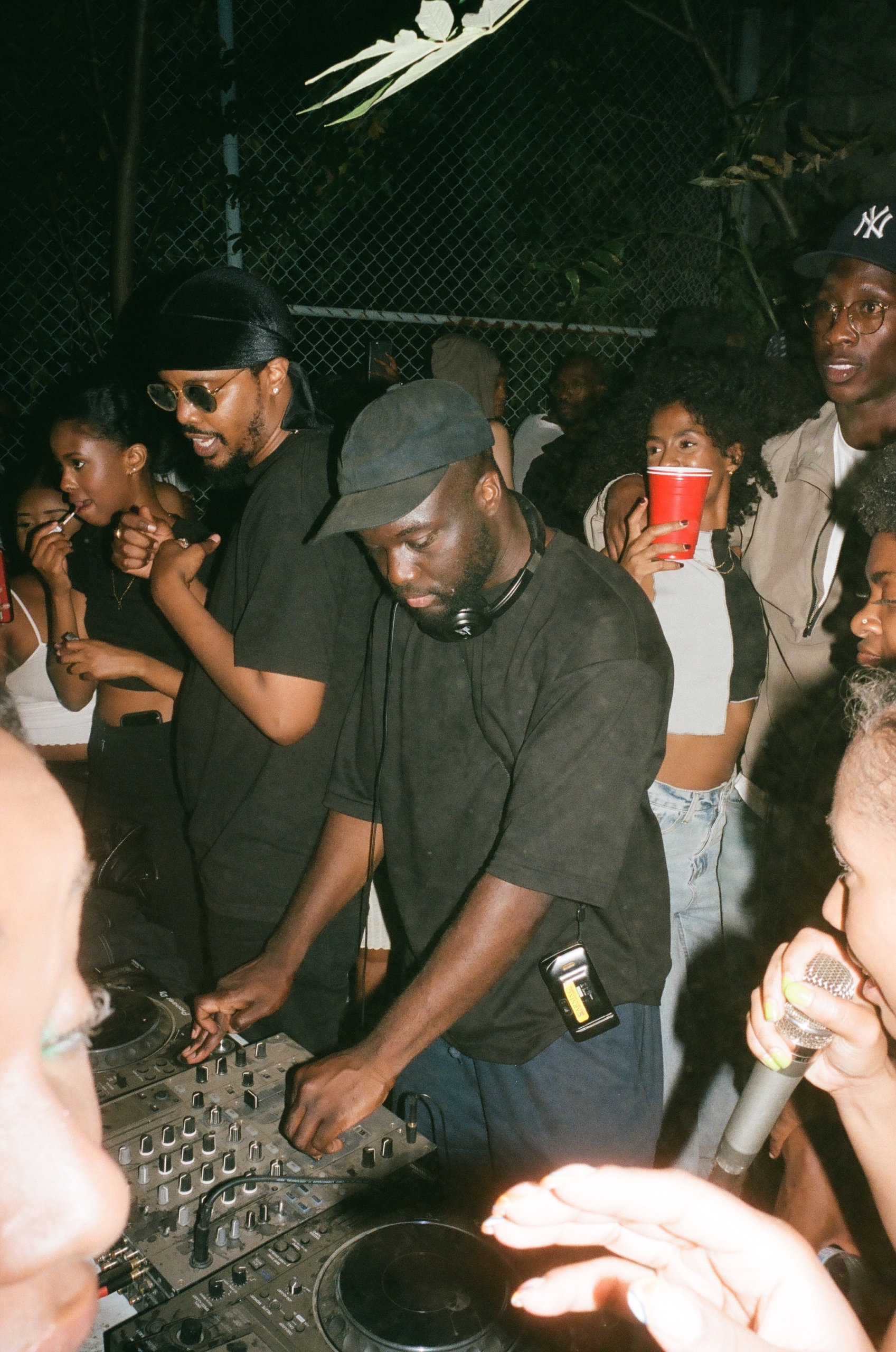
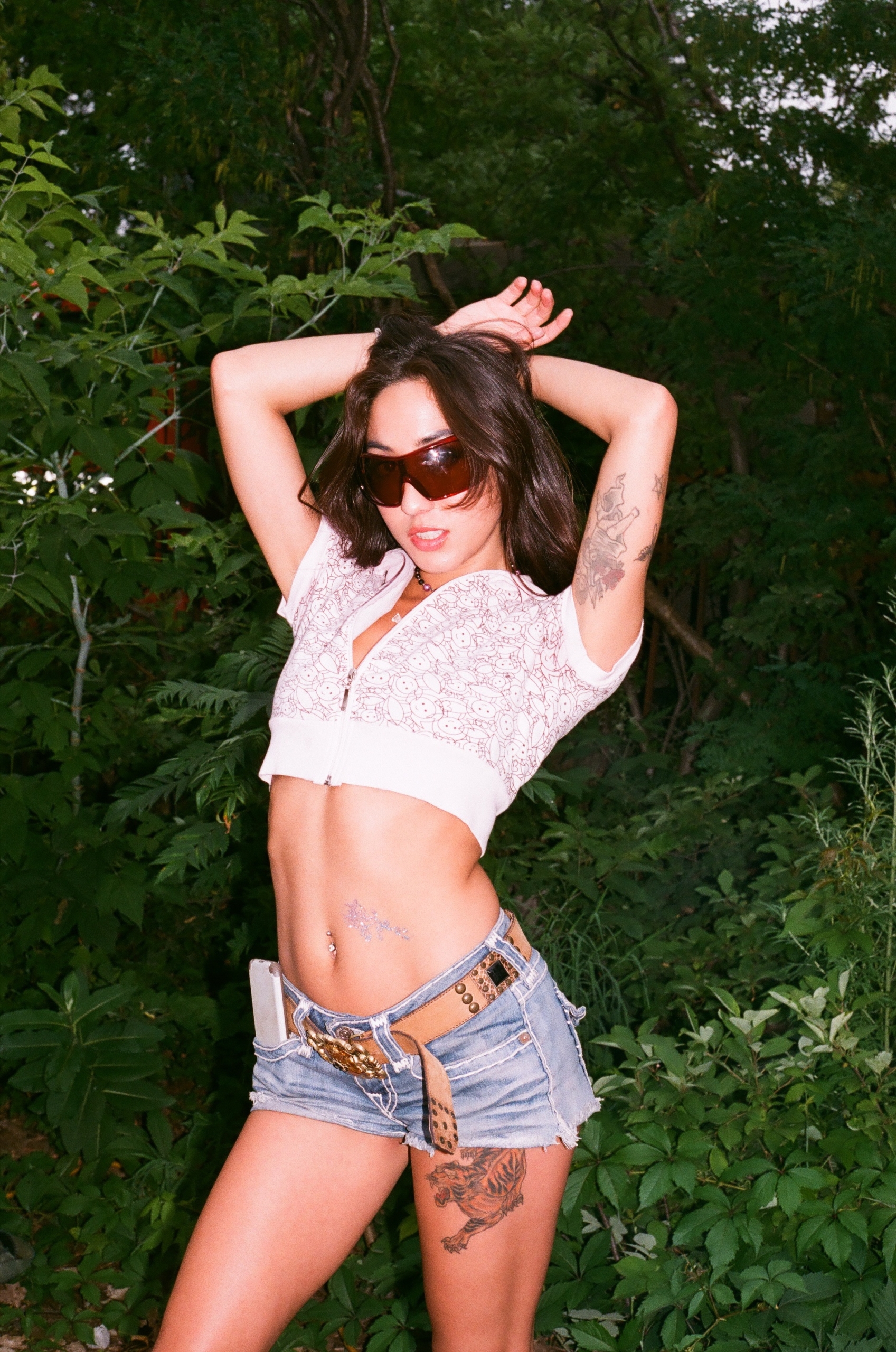
“I was always that kid that was going out to the city to meet new people, that’s when I started shooting a bit of nightlife,” he says. Boris recalls his first experience shooting nightlife, what he looks back on as a “douchey club” era. While it was a gateway for Boris to enter a larger scene, he eventually said enough was enough and wanted to explore more of the city.
For Boris, it’s his signature 35 mm camera, capturing candid moments and portraits, from outdoor queer raves to backstage at Kaytranada. “I’m never going to go out to just drink and waste money…I always want to get documentation, make connections and get photos of different people.”
The motto Boris has held has always been tomorrow is never certain, and in many ways, you can see it through his nightlife photography. Capturing moments of excitement, radiance and people engulfed in the music, not worried about what the next day may bring.
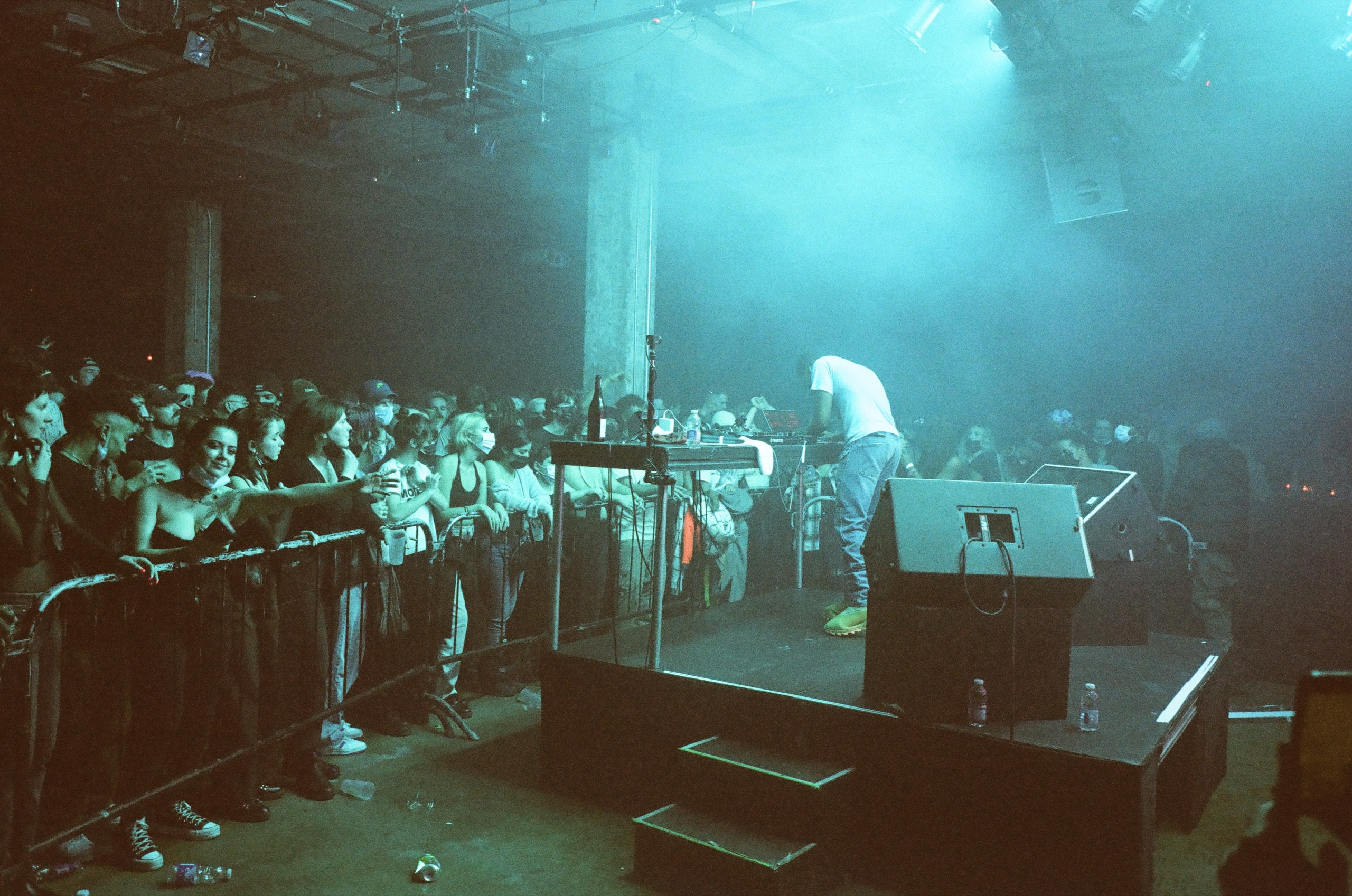
“It’s tricky sometimes to navigate through life, nothing is always linear and there’s always different curveballs,” he says. “I try to see the brighter side and not be too hard on myself.”
For all three photographers, inclusivity and safety is a must, not only for themselves but for ravers that they capture through their images. “I feel like there are just different spaces that are safer and inviting to queer folks,” Boris says. Boris referred to Montreal’s Hauterageous parties as an inclusive space, built on community and gaining larger visibility in Montreal, Toronto and NYC.
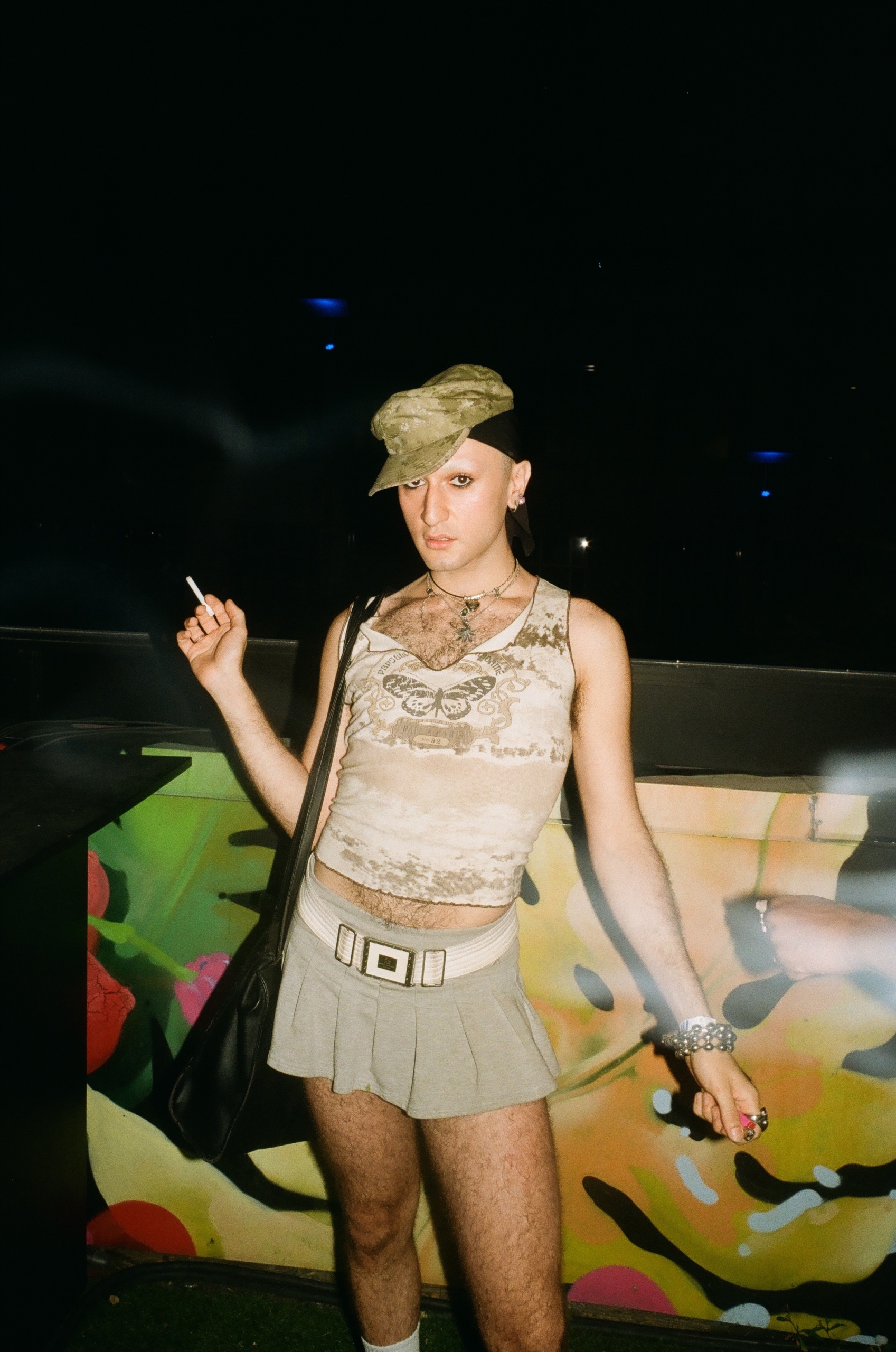
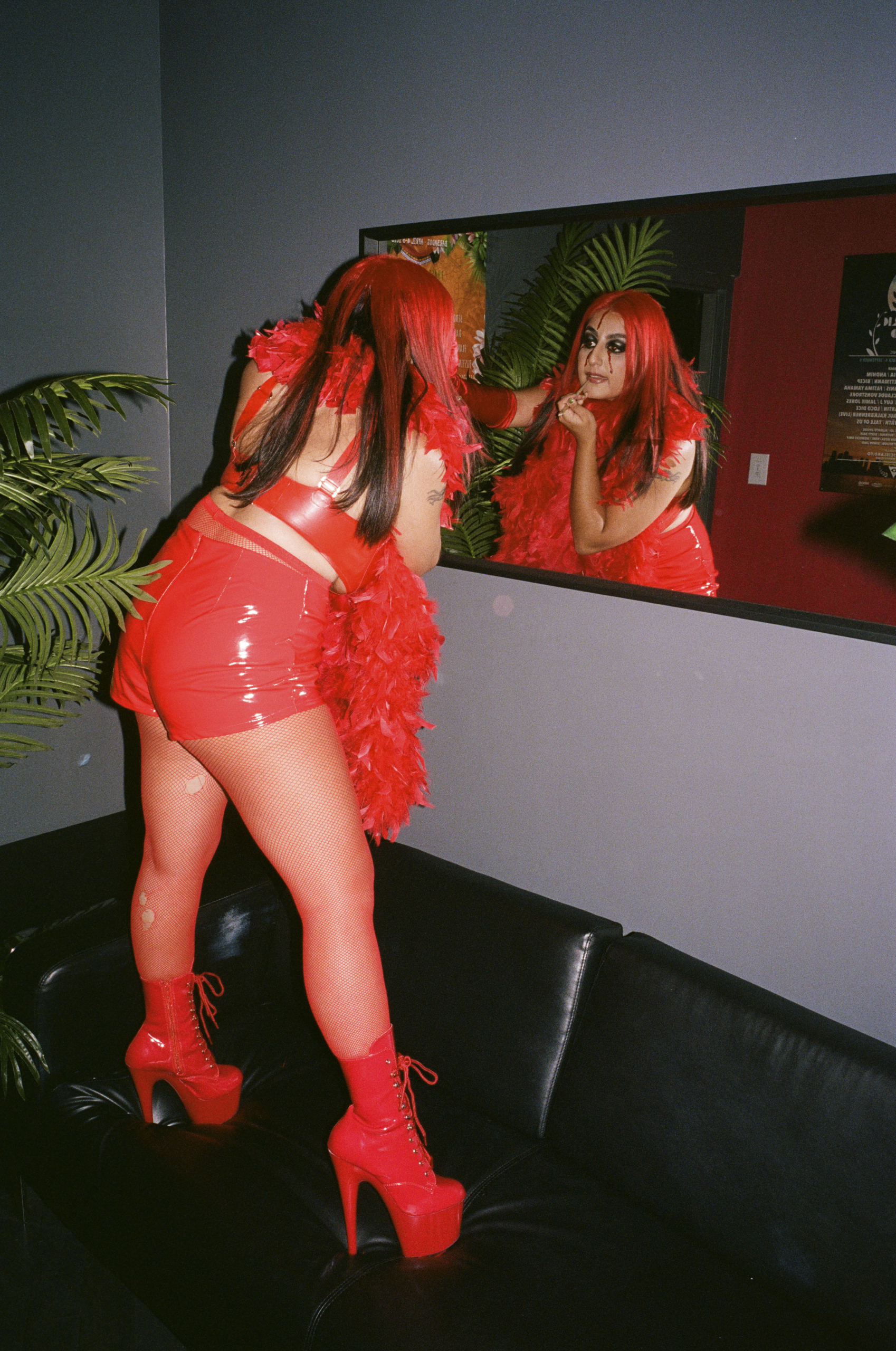
“You have to be comfortable with the queer community to be in this space, a lot of people shy away from it because they have homophobic tendensies,” Jet says. “Those are safe spaces, so contribute to the safety and shoot respectfully.”
Dax stressed the importance of documenting the trans community through nightlife, especially within a community that lacks documentation of safe inclusive spaces.
“This is their safe space, so you don’t want to make anyone feel unsafe.”
Personally, Dax described instances where they had white straight cis-male photographers pose them, like a prop, which made the environment feel unsafe. For them, capturing the authentic moment is valuable and important. It’s more than looking cool, it’s about representation.
“You need to educate yourself, especially if you’re outside of the community,” they say. “We’re not zoo animals, we’re people with identities and we care how we are portrayed.”
 Rhea is Editorial Intern at liminul. She’s a Toronto-based writer with a background in queer subculture, finishing her final year at X University.
Rhea is Editorial Intern at liminul. She’s a Toronto-based writer with a background in queer subculture, finishing her final year at X University.

